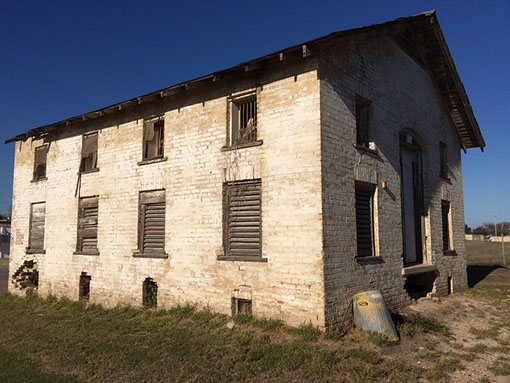Case Study
USAR 63d Regional Support Command (RSC)
SPS supports the management of dozens of facilities in 7 states for compliance with the Endangered Species Act (ESA) and National Historic Preservation Act (NHPA), according to the USAR Integrated Natural/Cultural Resource Management Plans. As part of this responsibility, our team conducts resource inventory, recommends management strategy, and coordinates weekly with SHPO, USFWS and state agencies in seven states.
 By ensuring proper cultural resource management through timely identification and effective management, the 63d’s cultural resources work simultaneously facilitates the mission and preserves our cultural resources. As part of its cultural resource management, the 63d RSC’s cultural resources team works with over 200 affiliated Native American tribes in California, Nevada, New Mexico, Texas, Arkansas and Oklahoma conducting Section 106 consultations. Partnerships with local community organizations have resulted in collaborative work that have led to the restoration of the 63d’s historic properties. In 2015, the 63d was awarded a Legacy grant and worked with the Mare Island Shoreline Heritage Preserve to restore two, 1942 guard houses that are contributing features to the Mare Island Historic District. Mare Island was the first United States naval base on the West Coast in 1854.
By ensuring proper cultural resource management through timely identification and effective management, the 63d’s cultural resources work simultaneously facilitates the mission and preserves our cultural resources. As part of its cultural resource management, the 63d RSC’s cultural resources team works with over 200 affiliated Native American tribes in California, Nevada, New Mexico, Texas, Arkansas and Oklahoma conducting Section 106 consultations. Partnerships with local community organizations have resulted in collaborative work that have led to the restoration of the 63d’s historic properties. In 2015, the 63d was awarded a Legacy grant and worked with the Mare Island Shoreline Heritage Preserve to restore two, 1942 guard houses that are contributing features to the Mare Island Historic District. Mare Island was the first United States naval base on the West Coast in 1854.
Other historic properties under the care of the 63d RSC cultural resources team include an 1880s guard house in Laredo, Texas; historic buildings in Riverside, California and an Army Reserve Center in Santa Barbara that reflects a Southern California example of Mission eclectic art nouveau architecture. The 63d RSC’s cultural resources work aims to integrate cultural conservation’s best practices into the overall planning process to balance mission readiness and protection of its cultural resources.

